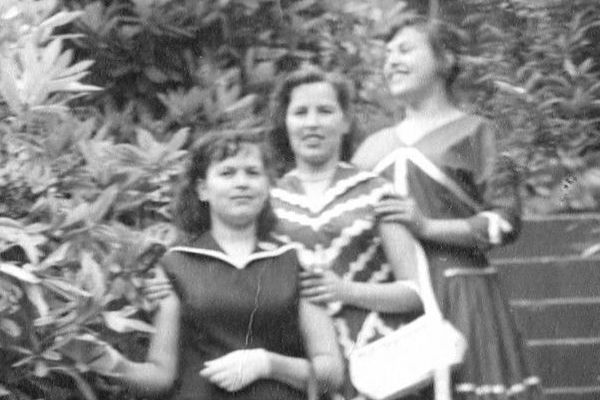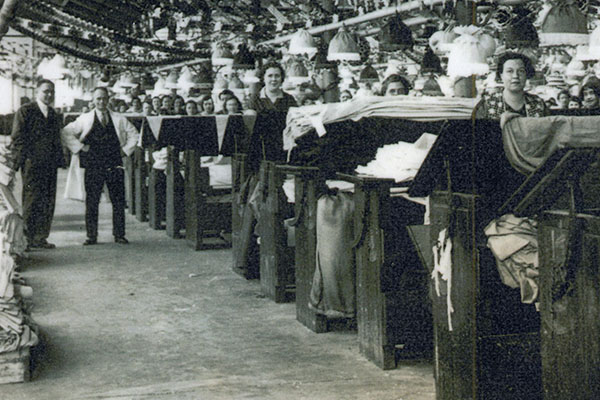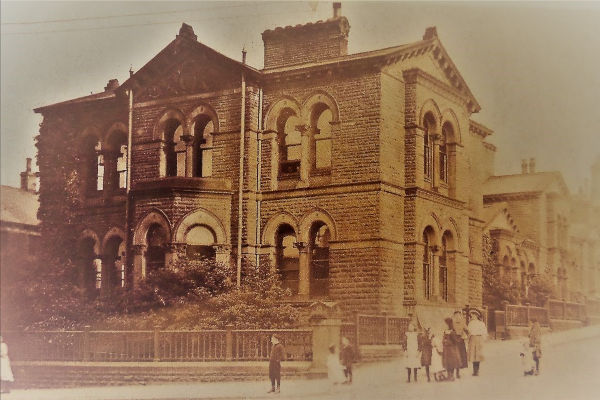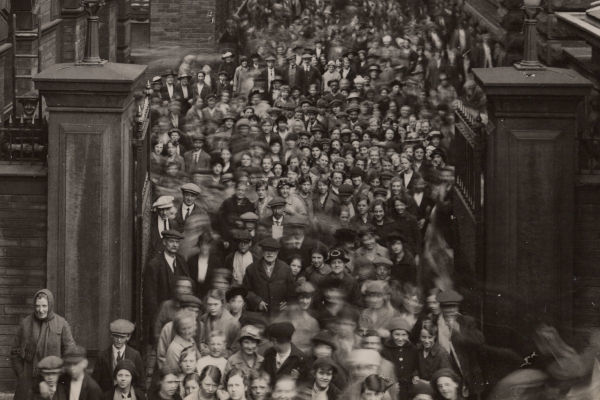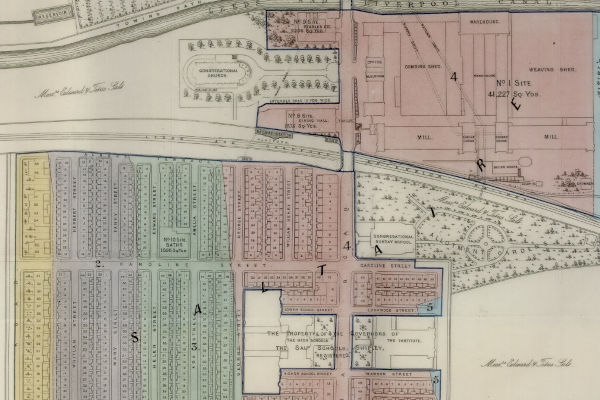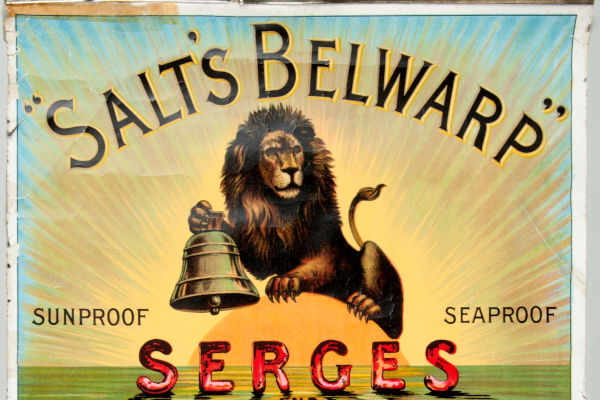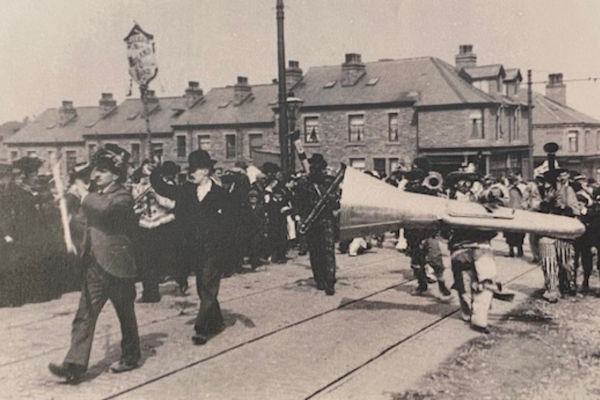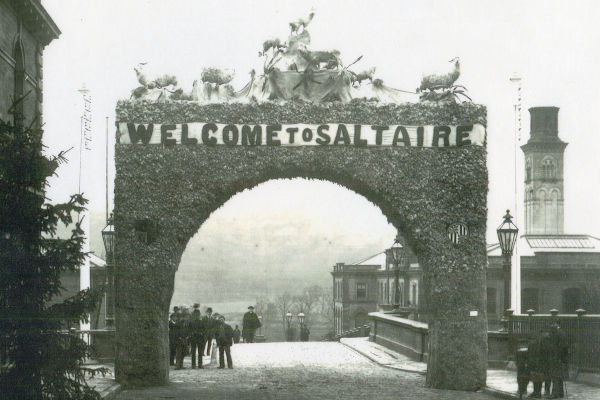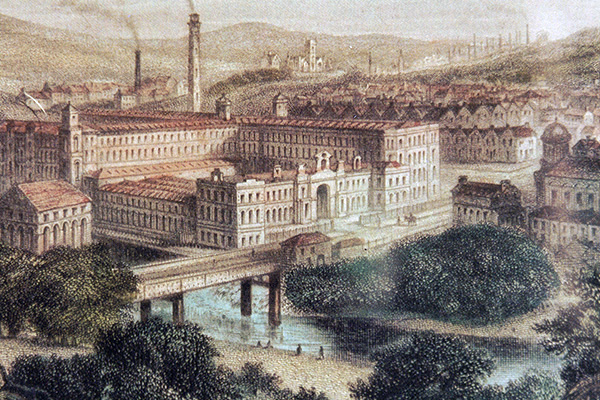Many different stories to research
Our Collection may not be large, but it has a wide range of items that have many interesting stories to research on the industrial, social and personal histories of Saltaire.
We have photographs, business and legal documents, business and personal letters, maps, plans, newscuttings, posters, signs, and an eclectic collection of objects that help reveal the stories of Salts Mill and its workers, and of the village and residents of Saltaire.
We can support your research through arranging visits to the Collection, through our online catalogue, and by providing targeted assistance and guidance.
